Deep Brain Stimulation (DBS)
Deep Brain Stimulation Defined
(DBS)
What Is Deep Brain Stimulation?
Deep Brain Stimulation (DBS) is a neuromodulation therapy that sends electrical signals to targeted areas in the brain. These signals come from thin electrodes which must be surgically implanted, powered by a subcutaneous, battery-operated device. It modulates electrical activity in the desired areas, typically those that control movement, to correct dysfunctional neural networks.
What Does DBS Treat?
DBS is an invasive treatment, requiring brain surgery and extensive monitoring, but remains a viable and effective therapy for severe cases from several conditions. Uses include:
Movement disorders, including Parkinson’s disease, essential tremor, and dystonia. It is one of the most effective treatments, as it stabilizes and regulates motor-related circuitry.
Epilepsy, especially when medication and other treatments fail. While it doesn’t stop seizures, it can decrease the frequency and severity of them.
Obsessive Compulsive Disorder (OCD), especially in extreme cases where medication and therapy have failed. It targets and regulates activity in brain regions associated with reward, fear, and cognitive control.
DBS is also under investigation to treat other neurological disorders, such as Tourette syndrome and major depression.
DBS Mechanism of Action
DBS sends mid- to high-frequency electrical pulses (typically 60-180 Hz), either continuously (Conventional DBS) or based on brain activity (Adaptive DBS). These pulses affect neuron pathways and interrupt abnormal oscillations in brain networks.
Is DBS FDA Approved?
DBS is FDA-approved for several neurological and psychiatric conditions, including:
Parkinson’s Disease (FDA-Approved)
Essential Tremor (FDA-approved)
Dystonia (Humanitarian Device Exemption)
Epilepsy (FDA-Approved)
Obsessive-Compulsive Disorder (OCD) (Humanitarian Device Exemption)
Can DBS Treat Alzheimer’s?
DBS has been explored for Alzheimer’s disease in experimental studies. Due to varying parameters, sizes, durations, and outcome measurements of these studies, definitive conclusions cannot be made yet.
-
Fornix
Nucleus basalis of Meynert (NBM)
Other targets under exploration include the anterior thalamus, hippocampal regions, and ventral striatum (VS)
-
DBS may enhance brain metabolism and connectivity in memory networks.
It could promote neuroplasticity and reduce amyloid-beta accumulation, though these mechanisms are still under investigation.
-
Early studies have indicated improved quality of life through the alleviation of neuropsychiatric symptoms and sleep disorders; conclusions about the cognitive benefits of DBS for AD were varied.
Some risk was found due to the complex surgical nature of the treatment, but recently published studies show acceptable surgical safety.
How does DBS compare to TEMT-RF?
Deep Brain Stimulation (DBS) and Transcranial Electromagnetic Treatment with Radio Frequencies (TEMT-RF) are both neuromodulation technologies, but they differ significantly in their approach and applications.
TEMT-RF uses ultra-high frequency radio waves to modulate brain function and cellular activity delivered through a non-invasive wearable headset.
Deep Brain Stimulation (DBS) uses targeted pulses of electricity to suppress abnormal brain signals associated with various movement disorders, delivered through electrodes surgically implanted into the brain.
Learn more about Deep Brain Stimulation (DBS)
Deep Brain Stimulation Products
Medtronic, Percept™ Neurostimulators
Boston Scientific Corporation, Vercise Genus™ Deep Brain Stimulation (DBS) System
Deep Brain Stimulation Research
Alzheimer’s Disease Research
Deep brain stimulation for Alzheimer's Disease: An update
A phase I trial of deep brain stimulation of memory circuits in Alzheimer's disease
Cholinergic Deep Brain Stimulation for Alzheimer's Disease
Other Research
Vercise Implantable Stimulator for Treating Parkinson's Disease (VANTAGE)
GPi+NBM DBS in Parkinson's Disease With Mild Cognitive Impairment (2T-DBS)
External links are provided for reference only and do not imply affiliation, endorsement, or recommendation by NeuroEM Therapeutics. NeuroEM is not responsible for the content, accuracy, or claims made on external sites. All trademarks and copyrights are the property of their respective owners.

